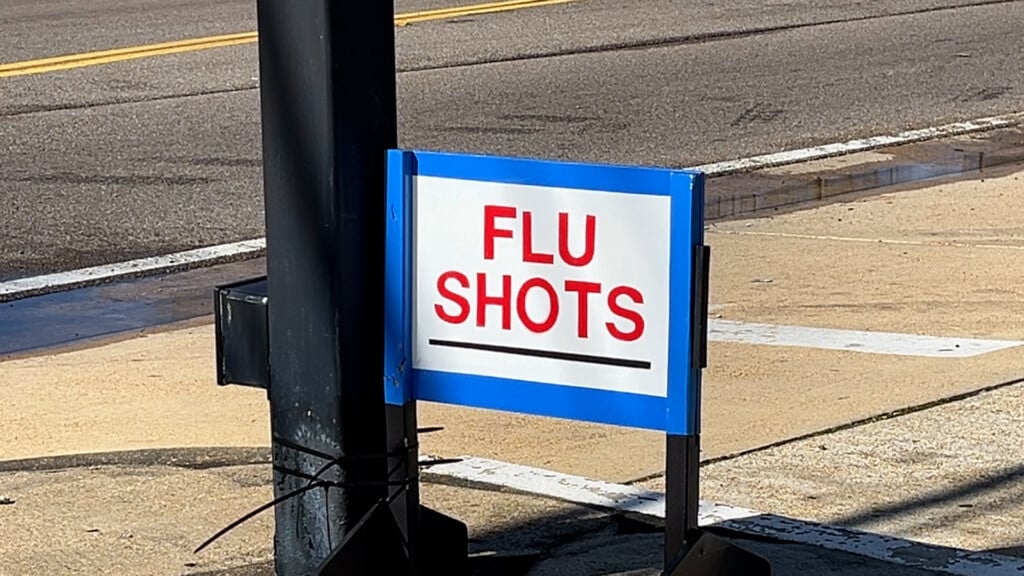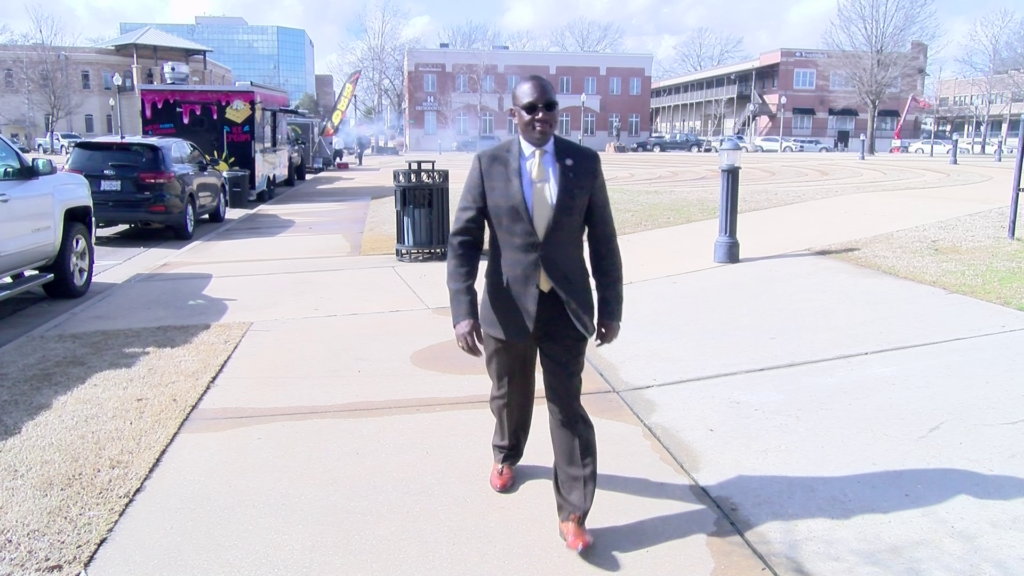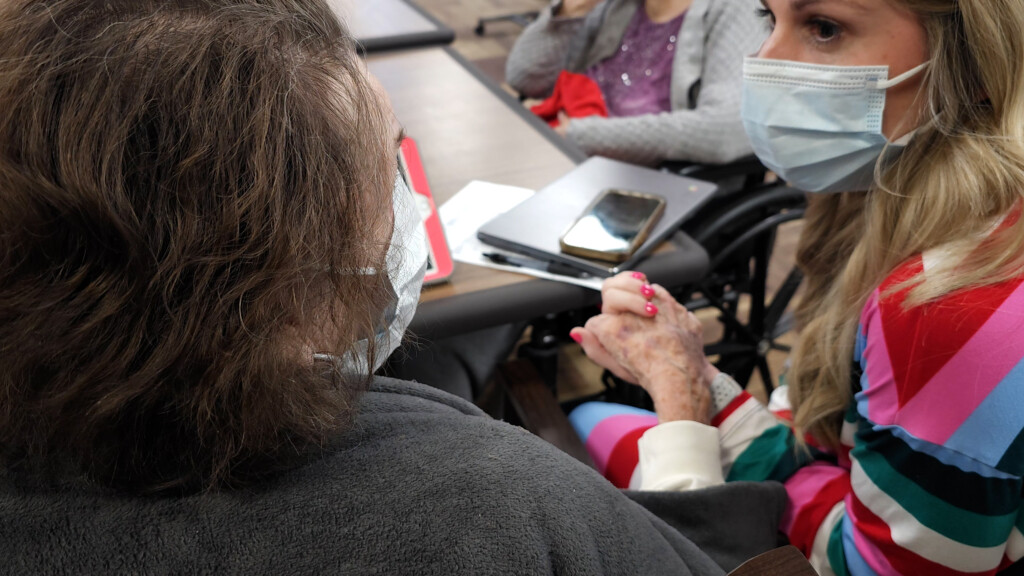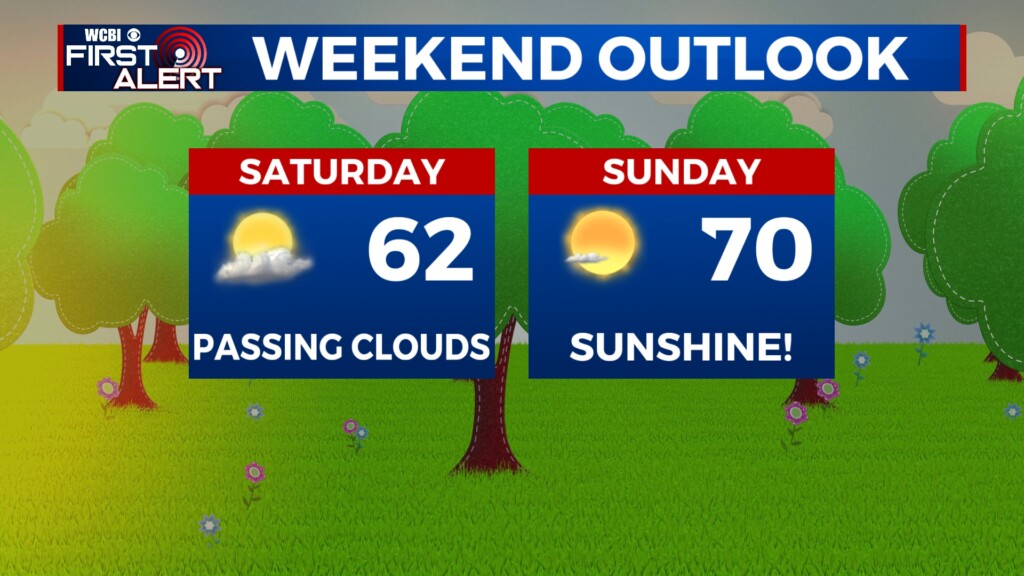Hurricane season forecast raises worry amid pandemic
Forecasting the intensity of hurricane season months ahead of time is a complex challenge, especially when the atmosphere and oceans send mixed signals. But that’s not the case right now. With just over one month to go before hurricane season officially begins, the meaningful signs are pointing to an active season, and as a result, so are the major forecast centers.
The latest seasonal forecast comes from Pennsylvania State University which is calling for 20 named storms (the average is 12) in the Atlantic. If that figure is reached, it would make 2020 the second most active season on record in terms of the number of storms.
With this in mind, disaster experts are raising concerns about the government’s capacity to simultaneously manage the coronavirus crisis and a landfalling hurricane.
“The ability to respond will be severely hindered,” said Jeff Schlegelmilch, deputy director of the National Center for Disaster Preparedness at Columbia University’s Earth Institute.
Each spring, various teams of experts put out forecasts for the upcoming hurricane season. The most famous is Colorado State University, which is projecting 16 named storms this year. AccuWeather is projecting 14 to 18, the Weather Channel is forecasting 18 and the University of Arizona said 19.
All of these groups are also forecasting a greater than normal number of hurricanes and major hurricanes (Category 3 or stronger). The University of Arizona forecast is projecting a very concerning 10 hurricanes (the average is six) and five major hurricanes (average is two).
To be sure, sometimes these seasonal forecasts miss the mark. But this summer there are two major signals pointing to an intense Atlantic hurricane season ahead: warm sea surface temperatures in the main development region of the Atlantic Ocean, and cooling waters in the tropical Pacific Ocean.
“In general, sea surface temperatures in the eastern Atlantic are most important in terms of serving as predictors for Atlantic hurricane activity in April,” explains Dr Phil Klotzbach, lead author of the Colorado State University seasonal forecasts.
Currently, water temperatures in the main development region of the tropical Atlantic into the Caribbean are running about 1 to 2 degrees Fahrenheit above normal.
Closer to home, sea surface temperatures are currently way up, running in some cases several degrees above normal. But Klotzbach said that won’t necessarily translate into a greater number of storms. “Sea surface temperatures closer to the U.S. coast don’t typically correlate with Atlantic hurricane activity, especially during the spring months,” he explains.
However, if that extra heat in the Gulf of Mexico, Bahamas and western Caribbean persists through the season, it’s reasonable to assume it will fuel stronger storms.
The other factor weighed heavily in forecasts — perhaps surprisingly — are water temperatures thousands of miles away in the equatorial Pacific Ocean. While it may seem counterintuitive that ocean temperatures in the Pacific would impact the Atlantic hurricane season, it turns out to be the second most important factor.
That’s because the El Niño Southern Oscillation (ENSO) — an interannual cycle of warming and cooling waters — takes place in the tropical Pacific. An El Niño means that sea surface temperatures in the east-central Pacific are above normal. This extra energy tends to invigorate upper level winds which blow into the Atlantic and disrupt tropical systems, making for quieter hurricane seasons.
La Niña patterns in the Pacific tend to have the opposite effect, with cooler temperatures in the central-eastern Pacific and weaker winds extending into the Atlantic. During La Niñas and in years with neutral conditions, tropical activity is enhanced in the Atlantic. The difference is clear in this graphic below.
With that said, forecasting what phase the tropical Pacific will be in during the prime of hurricane season is not an easy challenge. Right now waters in the ENSO region are borderline El Niño, but there are signs the warm phase is on its way out. Underneath the surface waters, a pool of cooling waters are gathering. Typically when that happens it means a gradual phase shift is on the way to neutral conditions or even a cool La Niña.
“Many models indicate a cooling of sea surface temperatures in the tropical Pacific by the fall, but the [forecast] model spread is wide and the cooling signal not strong going into the fall,” explains Dr. Weston Anderson, a climate variability expert at the International Research Institute for Climate and Society at Columbia University.
In other words, cooling will likely continue, but perhaps not quite enough to reach La Niña status. Experts admit it’s a close call. For instance, NOAA’s North American Multi-Model Ensemble (pictured below) is forecasting cool (in blue) La Niña waters in the equatorial Pacific and, at the same time, very warm (in red) waters in the tropical Atlantic. It’s a recipe for an overactive season.
Schlegelmilch, who has serious concerns about the U.S. government’s response to COVID-19, said adding any additional stress from hurricane season will further expose our vulnerabilities, “Each of these disasters stretch the limits of our ability to respond. Multiple major disasters is an unfortunate new reality that we are not ready for,” said Schlegelmilch.
He’s also concerned that a landfalling hurricane could very well amplify the spread of the virus, warning about “increased transmission of COVID-19 in congregate settings such as shelters, with disrupted infrastructure, such as loss of power, and a myriad of other realities.”
“Prepare now, and expect less,” he said. “That is the unfortunate reality we are in.”
Although he is confident that first responders will still do their best to reach and help everyone in need if a hurricane hits, he’s concerned that a lack of extensive preparation will hurt us.
“You can’t summon new capabilities and capacities in a moment of panic. They take years and require significant commitments from politicians, legislators and the private sector to build lasting resilience,” Schlegelmilch said.
As the climate continues to warm, compound disasters such as intense hurricanes, floods, heat waves, shortages of food and water, and the spread of infectious diseases will continue to pile on top of each other, forcing societies to deal with multiple crises at once, with limited resources.
With this in mind, Schlegelmilch stresses that humanity must get better at prioritizing long-term strategic planning.
“Sustainable development requires rethinking the way we contribute to these threats and vulnerabilities, and better price resilience into the way we build our communities if we want to be ready in the face of whatever comes next.”





Leave a Reply